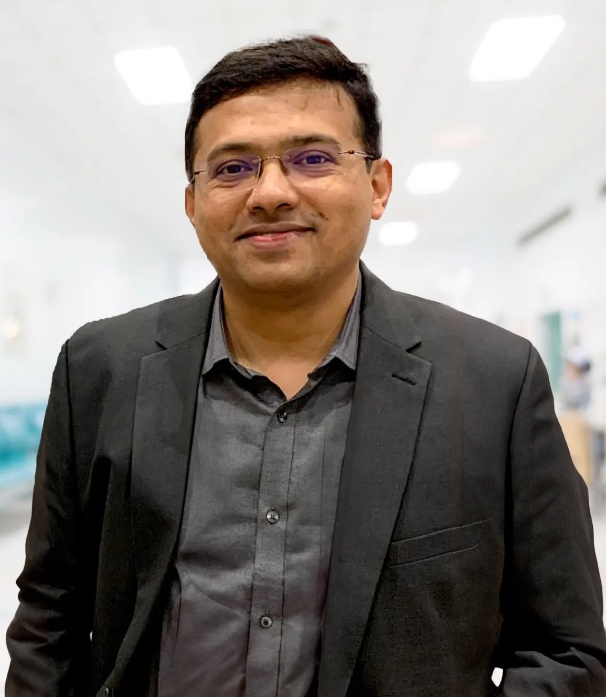
Ventricular Septal Defect (VSD) Management in Mumbai, India
When a child is diagnosed with a ventricular septal defect, parents often feel overwhelmed by medical terms and unsure about the next step. A VSD is a gap in the wall separating the lower chambers of the heart, and its impact depends on the size and location of that gap. With the right guidance, most children go on to recover well and live a normal life.
Dr. Prashant Bobhate, a leading pediatric cardiologist in Mumbai, has more than a decade of experience in managing congenital heart conditions, including complex VSDs. With specialized training in pediatric heart care and pulmonary hypertension in India and abroad, he combines advanced knowledge with a clear, methodical approach to treatment.
As Dr. Bobhate explains, “Parents need more than a diagnosis—they need clarity on what it means for their child, and how timely treatment can make a difference.” He offers expert ventricular septal defect (VSD) management in Mumbai, India at Children’s Heart Centre, Kokilaben Dhirubhai Ambani Hospital.
As Dr. Prashant Bobhate, a leading Pediatric Cardiologist in Mumbai, India, explains:
“Heart conditions in children are not always visible at birth, but early detection can be life-saving. A child’s heart health influences everything—from growth and development to learning and energy levels. Timely diagnosis and treatment ensure a healthier, more active childhood.”
Contact Us
What Is Ventricular Septal Defect (VSD) in Children?
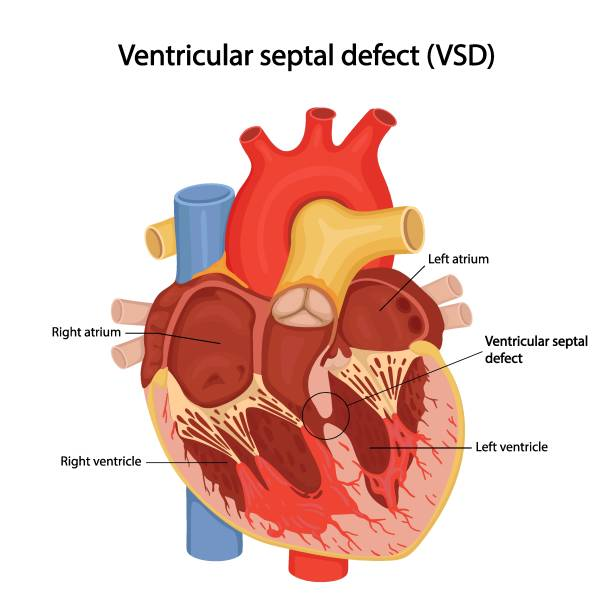
A ventricular septal defect is one of the most common congenital heart conditions, which means it is present from birth. It occurs when there is an opening in the wall (septum) that separates the heart’s lower chambers, known as the ventricles.
This opening allows oxygen‑rich blood from the left ventricle to pass into the right ventricle. As a result, extra blood flows to the lungs, making the heart and lungs work harder than normal.
In many babies, a small VSD closes naturally during the first few years of life. However, moderate or large defects can cause symptoms such as:

Fast breathing or difficulty in feeding

Poor weight gain

Frequent chest or lung infections

Sweating while feeding or crying
If left untreated, this extra flow of blood can gradually lead to complications, including high blood pressure in the lungs (pulmonary hypertension). That is why doctors focus on identifying the size and location of the defect early and planning treatment accordingly.

Diagnostic Approach to VSD by Dr. Prashant Bobhate
Accurate diagnosis is the first step. Dr. Bobhate performs a detailed evaluation of the child before recommending any treatment:

Clinical examination
A careful assessment of murmurs, growth patterns, feeding behavior, and exercise tolerance in older children provides vital clues.
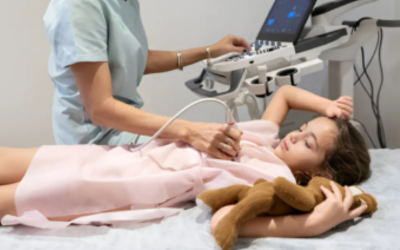
Echocardiography (echo)
The cornerstone of diagnosis, this non‑invasive ultrasound test precisely maps the size, location, and hemodynamics of the defect.
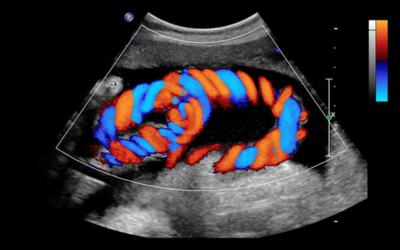
Color Doppler study
Measures how blood flows through the opening and checks heart function.
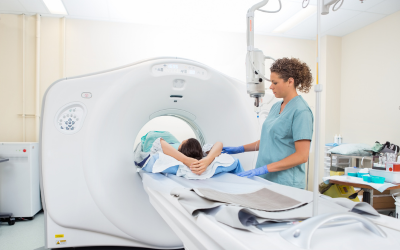
Advanced imaging when needed
CT or MRI may be used in complex cases to guide surgery.

Assessment for pulmonary hypertension
Bobhate has specific expertise in this area, which helps in choosing the right treatment plan.
Treatment Options for VSD in Infants and Children

Watchful Waiting
Small defects that are asymptomatic may simply require regular monitoring. Many such VSDs close on their own by age two.
Medical Management
Transcatheter VSD Closure
Transcatheter VSD Closure
Surgical Repair
Pulmonary Hypertension Care

Children recover well with timely intervention and can enjoy a normal childhood after VSD treatment.
Cost of VSD Surgery and Care in Mumbai

The type of procedure (transcatheter or open surgery)

The size and complexity of the defect

The duration of stay in ICU and ward after surgery

Additional tests and post-operative care

The hospital facilities and level of care required
Why Choose Dr. Prashant Bobhate for VSD Management in Mumbai?
Choosing the right specialist matters when it comes to a child’s heart. Here is what sets Dr. Prashant Bobhate apart:
With years of work dedicated to children’s heart health, he has treated a wide range of simple and complex defects, including those that need ventricular septal defect surgery in Mumbai.
Skilled in 2D and 3D echocardiography, transesophageal echo, and other non‑invasive tests, he ensures that no detail is missed during diagnosis.
From medical care to catheter‑based interventions and surgery, parents are guided on the safest and most effective option for their child.
Special interest in complex cases
His training in pulmonary hypertension and interventions for complex congenital defects gives children with challenging conditions a better chance at recovery.
Care continues beyond the procedure, with regular follow‑ups to track progress as the child grows.
Clear, personal communication
As a trusted pediatric cardiologist in Mumbai, he takes time to explain every step so parents feel confident about the care their child is receiving.
Frequently Asked Questions
What does a hole in the heart in babies mean?
It means there is a small opening between the two lower chambers of the heart. This can be small or large, and the size decides whether treatment is needed.
Can a VSD close naturally?
Yes. Many small defects close by themselves in early childhood. Larger ones usually need medical or surgical treatment.
Is VSD surgery safe?
Pediatric VSD surgery in Mumbai is performed with modern equipment and techniques. When done on time, it has a very good success rate.
What is recovery like after surgery?
Most children stay in the ICU for a few days and are back home within one to two weeks. After full healing, they can play and go to school like any other child.
When should parents consult a pediatric cardiologist?
If a baby is not feeding well, has fast breathing, or the doctor hears a murmur during a check-up, a specialist consultation is advised.

